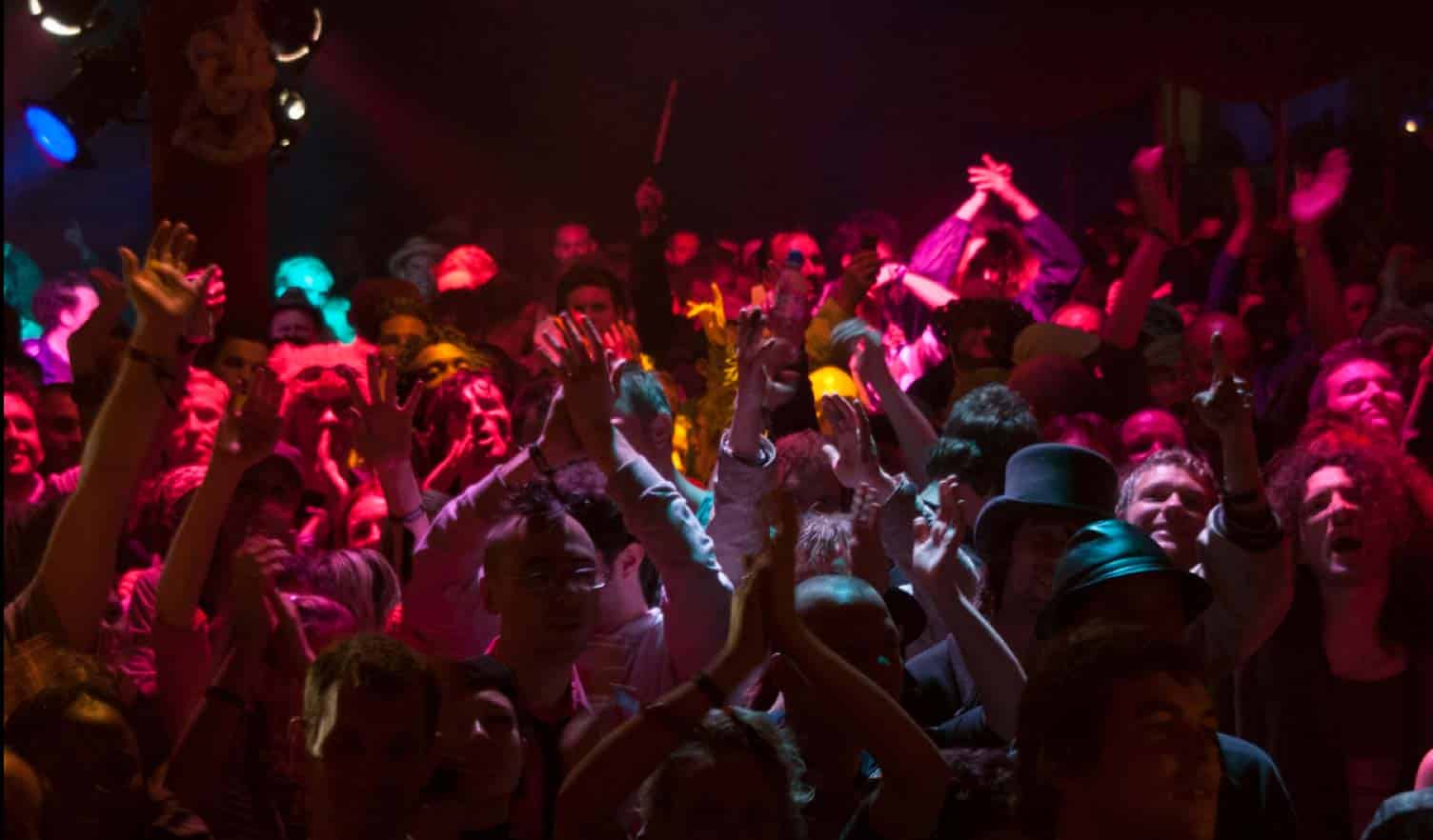Lost in the Festival: a celebration of Lost Vagueness
The first time I went to Glastonbury in 1999, everyone was talking about ‘the Casino’. We finally found it, at 3 am, a roulette wheel in a tent and spent hours there, lying on floor cushions till dawn, revelling in the luxurious dissonance with everything outside its canvas walls. That was one of the earliest incarnations of Lost Vagueness, the raw, rude, risque festival within a festival that would reignite a stumbling Glastonbury Festival and become its subversive heart. Burlesque, striptease, gypsy brass bands, cowpunk festivals, Fifties kitsch and cocktails: in its dirty melange of vaudeville and freakery, a new cultural movement was born.
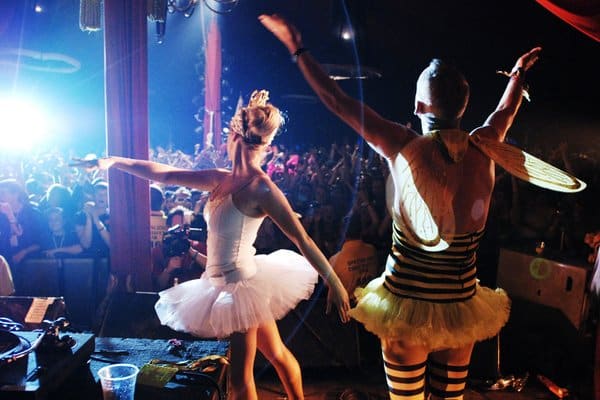
Now, a new film by director Sofia Olins, Lost in the Festival, is set to explore the story of Lost Vagueness. Over 12 years, from the extremes of its heyday to its odd, implosive end in 2007, Olins went behind the scenes, gathering footage and interviewing creators and participants, from Michael and Emily Eavis and Fatboy Slim to Lost Vagueness' founder, the mercurial, combustive Roy Gurvitz.
‘I felt like I’d stumbled upon an illusionary made up world,’ Olins remembers, of her first encounter with the event. ‘I was seduced by the rich visuals. It was participatory and not just a passive show and it struck me as the beginning of something immersive, borderless and new …
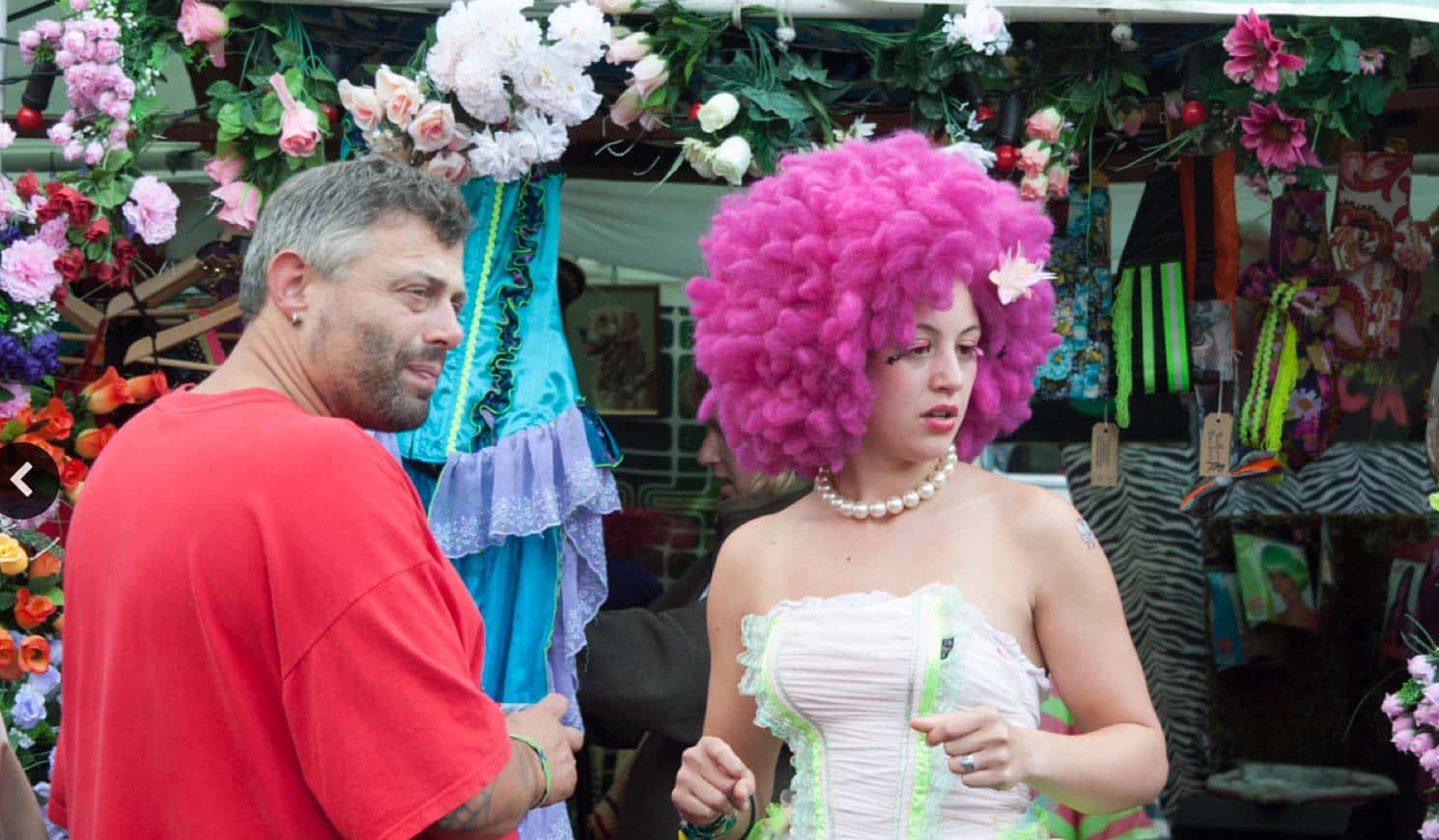
Why did it take hold? ‘Basically, people were desperate to break out. Culturally, we’d flatlined. Britpop had turned into something boring and the rave thing, visually, what were we wearing? Tracksuit bottoms.’
The exploration of style and gender played its part in its success. ‘Lost Vagueness gave us a vehicle to explore sexuality in which, actually, both of those genres weren’t sexual in any way,’ says Olins. ‘Men hadn’t put ballgowns on since Monty Python. Women were looking for a new type of feminism. There’s now a massive galvanisation of women changing things and Lost Vagueness was one of the places it started, when women could be powerful, sexy and dangerous.’
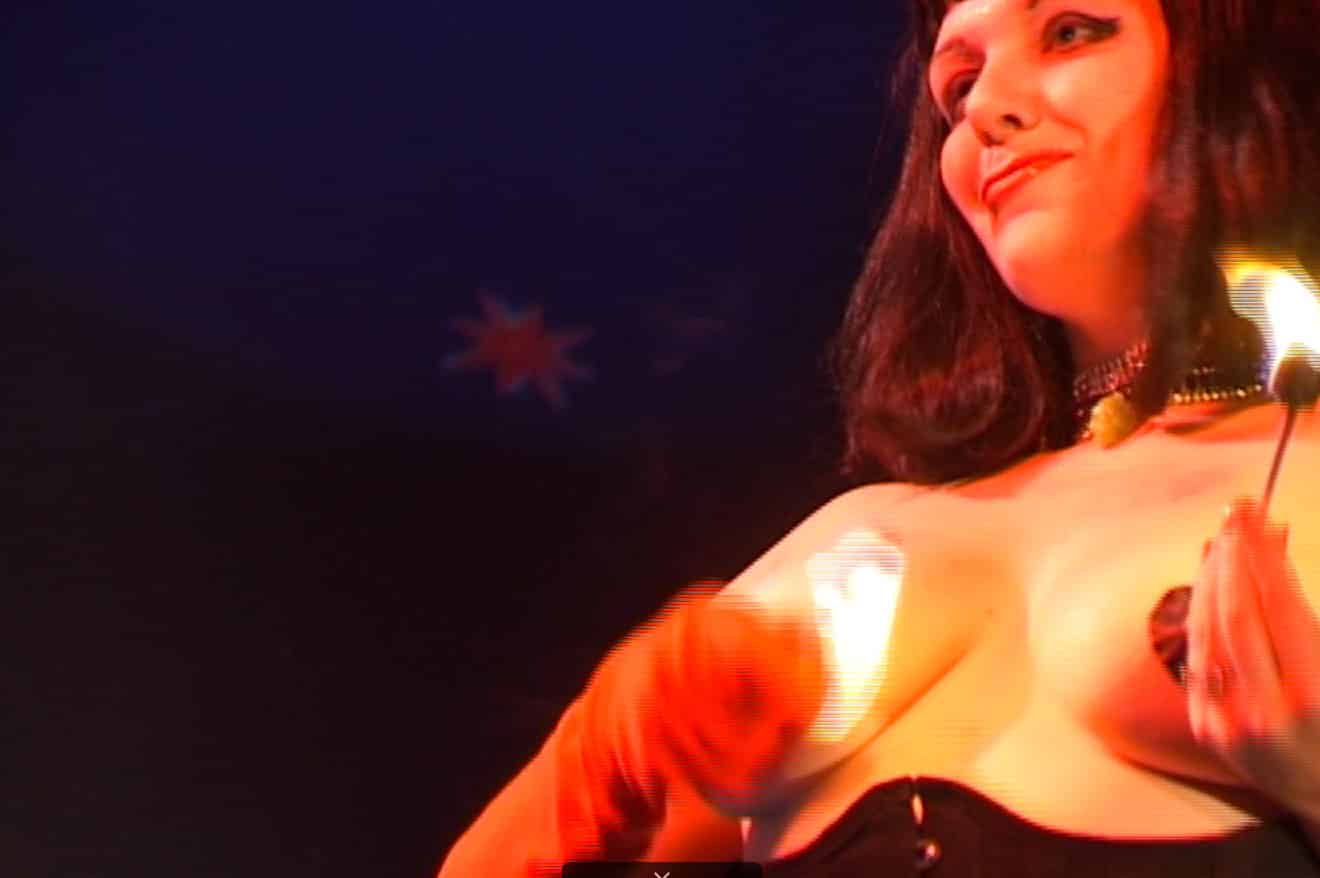
These were redoutable creatures like The Amazing Lucifire, a scientist who would put meat hooks through her skin and hang suspended from a tree, singing in German, as well as trapeze artist Empress Stah, captured in Olins’ film pulling pearls out of different orifices. 'When I first started interviewing some of the women, they totally intimidated me,’ laughs Olins.
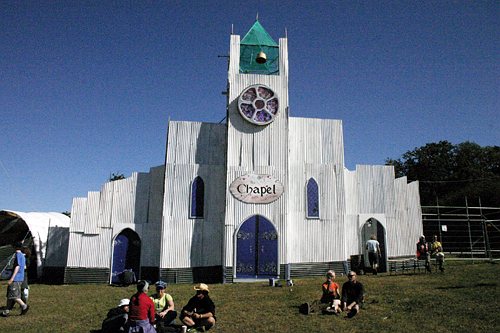
The aftershock of Lost Vagueness was seismic. Many of its key artists have filtered into the mainstream, bringing with them its anarchic spirit; Empress Stah is currently performing at Wonderground on the Southbank. And events such as Secret Cinema, Bestival and Punchdrunk - their references to the past, their challenge to tradition in all its forms - all owe much to Lost Vagueness. We have a lot to be thankful for.
Final footage for the movie will be shot at Glastonbury 2016 before the movie undergoes editing. A Kickstarter campaign started earlier this month to raise money to complete the film by the end of the year; support the project here. As part of the campaign, backers will be able to take part in festival interviews on site, as well as receive Lost-Vagueness related merchandise including a vintage Lost Vagueness Ballroom sign. Show your support, share your Lost Vagueness stories, or just follow our progress, on Facebook, Twitter and Instagram.
